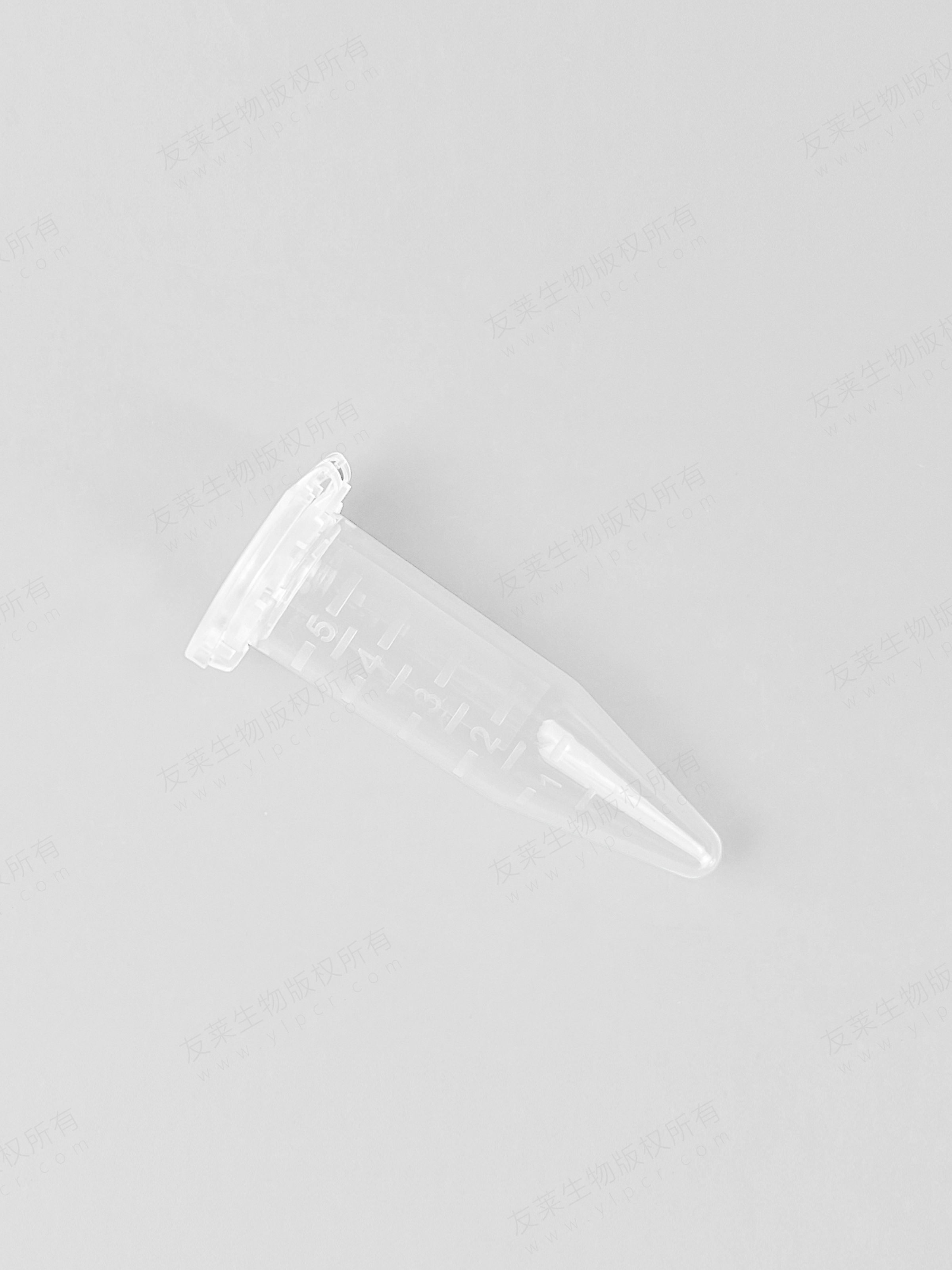Deep well plates are versatile laboratory consumables designed to facilitate a range of scientific and research applications. Their distinctive feature is the deeper wells compared to standard microplates, making them invaluable in various laboratory processes. Here's an expanded explanation of what deep well plates are and their common uses:
Deep Well Plate Characteristics:
Well Depth: Deep well plates typically have well depths that range from 8 mm to 50 mm, allowing for the storage and handling of larger sample volumes.
Well Configuration: Deep well plates are available in various formats, including 96-well, 384-well, and 1,536-well configurations, with each well capable of holding a substantial volume of liquid or samples.
Materials: They are commonly constructed from materials like polypropylene or polyethylene, which are compatible with a wide range of chemicals and biological samples.
Common Uses of Deep Well Plates:
Sample Storage:
Deep well plates are extensively used for sample storage in laboratories. They can hold larger volumes of samples, making them ideal for long-term preservation of biological samples (e.g., DNA, RNA, proteins), compounds, and chemical samples. The deep wells help ensure sample integrity during storage.
High-Throughput Screening:
In high-throughput screening assays, where a large number of samples need to be processed simultaneously, deep well plates excel. These plates can accommodate reagents, compounds, or samples, enabling efficient screening of multiple conditions or compounds in parallel. This is essential in drug discovery, genomics, and other research areas.
Cell Culture:
Deep well plates are instrumental in cell culture applications. They provide a larger volume of media and space for cell growth, expansion, and screening. This makes them suitable for high-density cell culture, suspension cell culture, and other cell-based assays.
Mixing and Reactions:
Deep well plates are frequently employed for mixing and conducting various biochemical and molecular biology reactions. They are used in enzymatic assays, polymerase chain reactions (PCR), and protein crystallization, among others. The deep wells facilitate efficient mixing of reagents and samples, thus promoting consistent and reproducible reactions while minimizing the risk of evaporation.
Liquid Handling:
Deep well plates are compatible with automated liquid handling systems, which are commonly used in high-throughput applications. These systems ensure precise and consistent dispensing of liquids into the wells, reducing the potential for human error and improving the reliability of experimental results.
Molecular Biology Applications:
Deep well plates are integral to various molecular biology techniques, such as DNA and RNA extraction, purification, and amplification. Their deep wells can hold reagents, samples, and beads needed for these processes.
Protein Expression and Purification:
For protein expression and purification processes, deep well plates are used to culture bacterial or yeast cells, holding the necessary growth media, inducing agents, and buffers for cell lysis and protein purification steps.
Chemical Synthesis:
Deep well plates are valuable in chemical synthesis, enabling chemists to mix, react, and store various compounds during the synthesis process. They are particularly useful when scaling up reactions.

 English
English русский
русский 中文简体
中文简体



